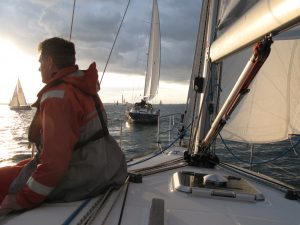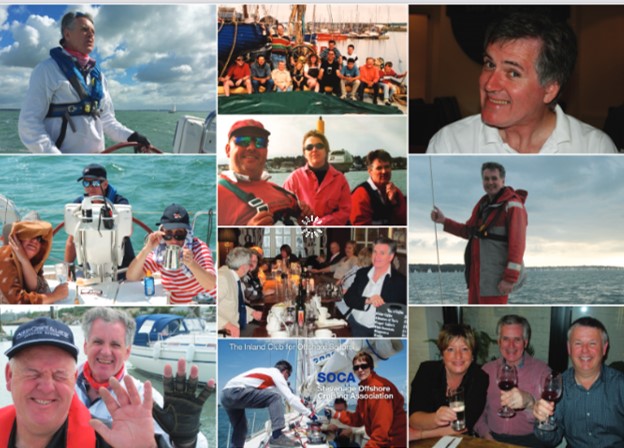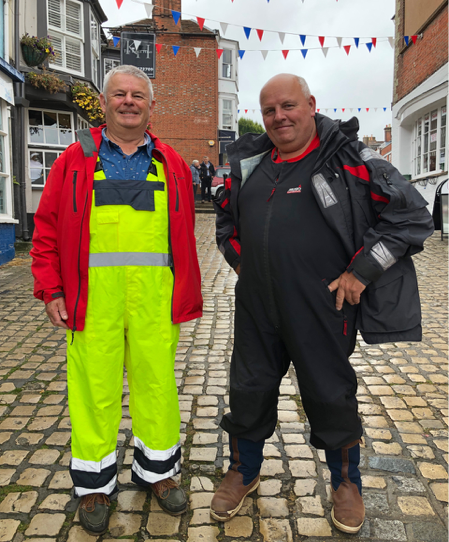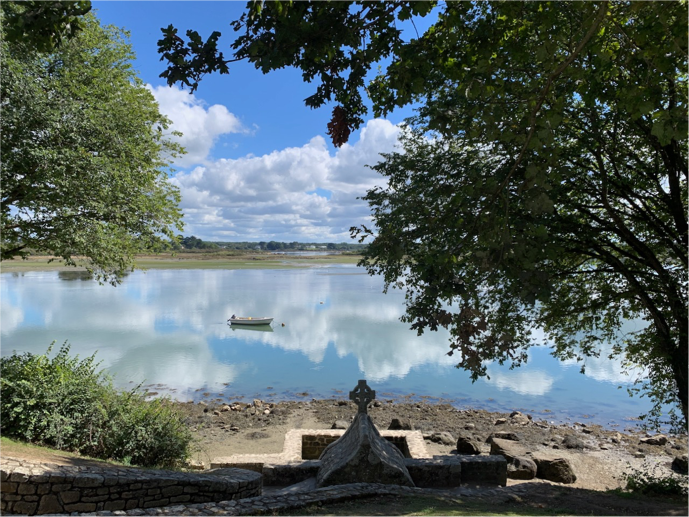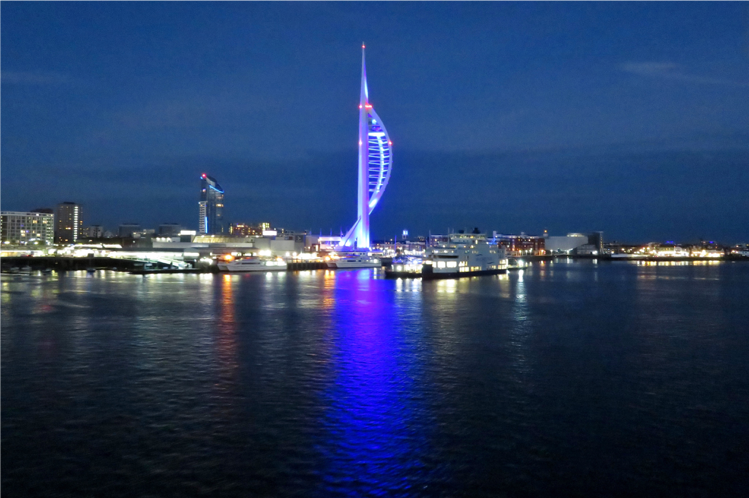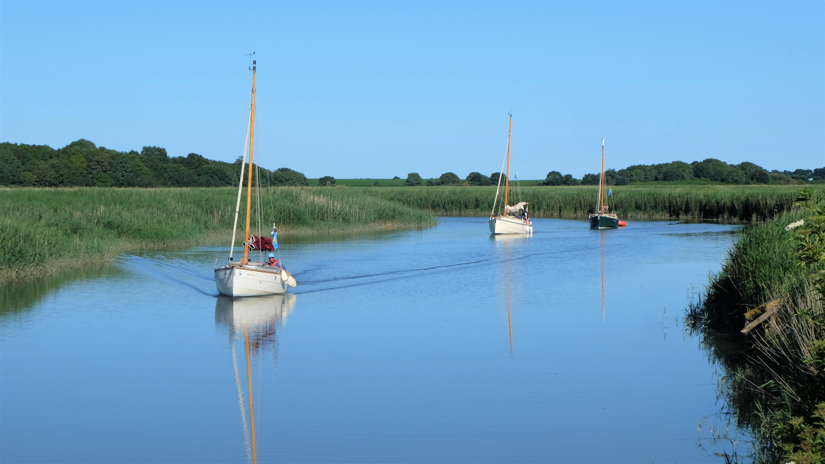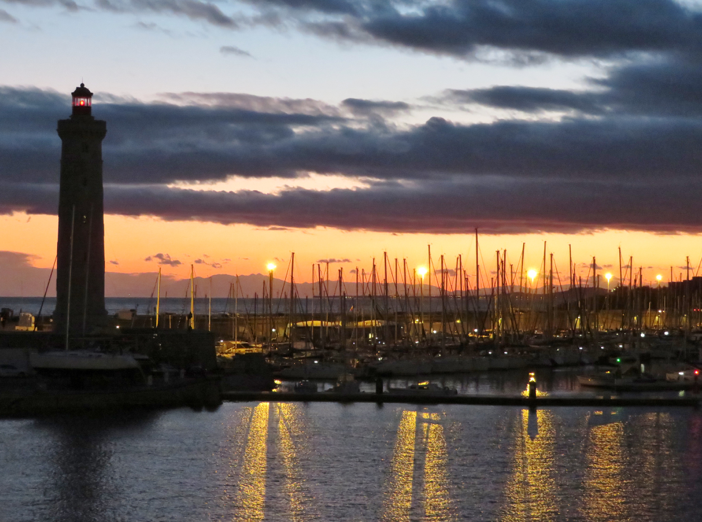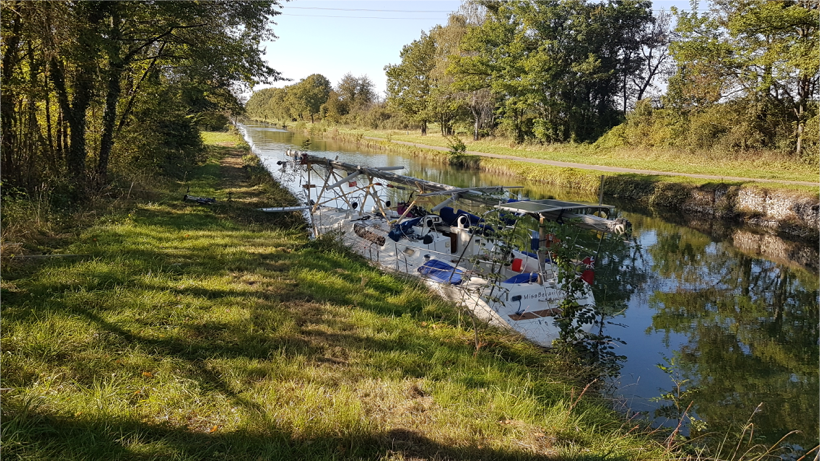In January Tanya presented her summer ‘22 trip to Scapa Flow diving the historic WW1 site of the scuttled German High Seas Fleet.
This post contains a description of the contents of the YouTube videos of pictures taken during the time there.
Orkney. 9th – 11th July 2022
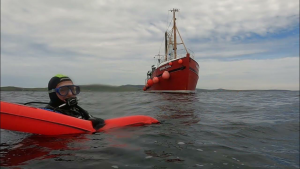
Stevenage to Scrabster 11hr 20 min (632.6 mi) without stops.
Stop over at Inverness convoy to Scrabster.
Scrabster to Stromness on Northlink Ferry.
West coast of Hoy, The Old Man of Hoy is a 449-foot sea stack on Hoy, part of the Orkney archipelago off the north coast of Scotland. Formed from Old Red Sandstone, it is one of the tallest stacks in the United Kingdom. The Old Man is popular with climbers, and was first climbed in 1966.
Chart: Scapa Flow is the large expanse of water surrounded by Orkney. It is a natural harbour providing shelter from the worst of the weather. It has been used as an anchorage since Viking times, and through both world wars.
The M.V. Invincible Originally an ex-trawler built in Sweden in 1962, powered by a 400hp five cylinder Diesel engine. 25m, licensed to carry up 12 passengers and 3 crew.
Scapa Flow is one of Europe’s premier wreck diving centres, the historic WW1 site of the scuttled German High Seas Fleet, where you’ll find seven large warships and four destroyers.
Stromness is the second-most populous town in Orkney.
Point of Ness Campsite, we had a six man tent for two. In the past the Point of Ness was the main herring curing station for the hundreds of boats that visited Stromness.
Amazing views at 10pm
The German High Seas Fleet was scuttled by its sailors while held at the British Royal Navy base at Scapa Flow. The High Seas Fleet was interned there under the terms of the Armistice while negotiations took place over the fate of the ships. Fearing that either the UK would seize the ships or the German government at the time might reject the Treaty of Versailles and resume the war effort (in which case the ships could be used against Germany), Admiral Ludwig von Reuter decided to scuttle the fleet.
SMS Coln – Light Cruiser was one of only two ships of this class to be completed. The other is her sister ship SMS Dresden. The Cöln lies on her starboard side in 34-36m, with the top of the wreck at around 22m. She is in very good condition with lots of life and very little current, the shotline is usually tied in at the lifeboat davit at around 22 meters making for a very easy dive, and usually a first dive of the week. Cöln is the correct spelling as this can be clearly seen on the ship’s bell at the Lyness museum on Hoy. SMS Cöln saw little action except for mining and a bit of patrolling in the German Bight. On 21 November 1918 SMS Cöln arrived in the Firth of Forth and then continued north for internment in Scapa Flow.
Scapa Flow Museum shows Orkney’s military involvement in the First and Second World Wars and provides a safe home for a major collection of wartime artefacts, many of national and international importance.
One of the propellers from HMS Hampshire, which was lost after hitting a mine off Marwick Head, Birsay, 5th June 1916. 737 men lost their lives, including Lord Kitchener, Secretary of State for War making the wreck a war grave. The prop was illegally salvaged in 1983 and later returned to Orkney by the Admiralty.
The pumphouse was used to pump oil from the overground tanks to the oil tenders that fuelled the naval ships in Scapa Flow.
Original World War II boom anti-torpedo defence nets.
SMS Karlsruhe Light Cruiser kaalz · roo · uh. Laid down in May 1915 SMS Karlsruhe had three sister ships, Emden, Königsberg and Nürnberg. Commissioned into the High Seas Fleet in November 1916. She served in the second Scouting Group, patrolling the Heligoland Bight in the North Sea, protecting minesweepers against British light forces. The Karlsruhe lies on her starboard side with a list of about 45 degrees, she rests in a maximum depth of 27 meters and raises up to around 16 meters.
The Churchill Barriers are four causeways in Orkney with a total length of 1.4m. They link the Orkney Mainland in the north to the island of South Ronaldsay via Burray and the two smaller islands of Lamb Holm and Glimps Holm. The barriers were built between May 1940 and September 1944, primarily as naval defences to protect the anchorage at Scapa Flow, but since 12 May 1945, serve as road links between the islands.
Remains of SS Reginald, a blockship sunk in Weddell Bay.
The Italian Chapel is a highly ornate Catholic chapel on Lamb Holm. It was built during World War II by Italian prisoners of war, who were housed on the previously uninhabited island while they constructed the Churchill Barriers. The chapel was not completed until after the end of the war, and was restored in the 1960s and again in the 1990s. It is a popular tourist attraction.
The Orkney Fossil and Heritage Centre is housed in converted farm buildings on the island of Burray, the Centre has an intriguing collection of fossils from Orkney and around the world, including some rare and beautifully preserved specimens. There are also local heritage displays, including fascinating exhibitions about Scapa Flow’s wartime history.
The Citadel Our dive buddy’s tent which easily accommodated 6 for evening social.
For a YouTube video covering the activities on 9th to 11th July please click here
Orkney. 12th July 2022
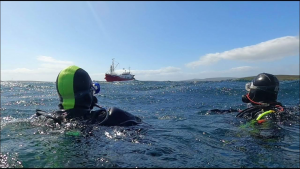
From Stromness into Scapa Flow, the sheltered natural harbour ringed by islands. Chosen as the main base for the Royal Navy fleet during the First World War it was ideally situated for guarding the surrounding waters including the North Sea.
SMS Konig battleship was commissioned in 1914 and led the Fleet at the Battle of Jutland. The König along with the cruiser Dresden were the last two ships to arrive at Scapa Flow for their internment. The König sits in 40 meters of water with the hull rising up to 24 meters. The König lies completely upside down and has been the most heavily salvaged of all the fleet wrecks which gives the opportunity to see the engineering behind the scenes. The two meter diameter hole is the barbette of D-turret. 12 inch thick armour plate is exposed.
SMS Dresden Light cruiser was sister ship to SMS Cöln. Launched on 25 April 1917. She was a replacement for the earlier SMS Dresden, which was scuttled at Robinson Crusoe Island off the coast of Chile after the Battle of the Falklands in 1915. Due to turbine failure SMS Dresden was unable to steam to Scapa in November alongside the rest of the High Seas Fleet. Instead the cruiser arrived in Scapa Flow on 6 December 1918, leaking badly. The Dresden lays on her port side at a depth ranging from 23 meters at the bow and down to 38 meters at the stern. The scuttling was carried out on 21 June 1919. Intervening British guard ships were able to beach some of the ships, but 52 of the 74 interned vessels sank. Many of the wrecks were salvaged over the next two decades and were towed away for scrapping.
Skara Brae is a stone-built Neolithic settlement, located on the Bay of Skaill on the west coast of Mainland. Older than Stonehenge and the great pyramids, over 5000 years ago Skara Brae was a thriving village. Consisting of ten clustered houses, made of flagstones, in earthen dams that provided support for the walls; the houses included stone hearths, beds, and cupboards. First uncovered by a severe storm in 1850 which stripped the earth from a large irregular knoll known as “Skara Brae”. When the storm cleared, local villagers found the outline of a village consisting of several small houses without roofs.
Skaill House was originally built in 1620 and has been added to by successive generations over the centuries. In its 400 year evolution, all 12 Lairds have been related, contributing to the history and collections in the house. It was home of William Graham Watt in 1850 who began the first amateur excavation of the Skara Brae site,
Kitchener Memorial On the 5th June 1916, HMS Hampshire left the sheltered waters of Scapa Flow and entered the stormy seas off the west coast of Orkney. The armoured cruiser was bound for Russia on a diplomatic mission. On board was Lord Kitchener, Secretary of War, famously immortalised in the iconic recruitment posters created during the First World War which encouraged Britons to sign up to the army. As the warship set off from Scapa Flow, a force nine gale was blowing and the two escorting destroyers, HMS Unity and HMS Victor, were instructed to return to port as the weather deteriorated. The Hampshire continued on alone and, at about 8.45 pm on the 5th June, it struck one of many mines that had been laid off the coast of Marwick Head by the German submarine U-75 the week before. The ship sank in just 15 minutes. Sadly, there were only 12 survivors, with over 700 lives lost including Lord Kitchener. In 1926 the 48ft high Kitchener Memorial was unveiled after being built by public subscription. The stone tower stands tall over the waters where the tragedy happened at Marwick Head nature reserve. In 2016, the Orkney Heritage Society raised funds to build an arc-shaped commemorative wall at the site to better remember all the men who were killed.
For a YouTube video covering the activities on the 12th July please click here
Orkney. 13th July 2022
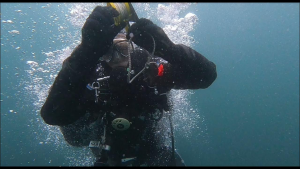
SMS Kronprinz Wilhelm Battleship Kronprinz Wilhelm was launched in February 1914. The Kronprinz took part in the Battle of Jutland, and was part of the vanguard fleet, she suffered no damage or loss of life. The Kronprinz lays upturned in 38 meters of water with her port side uppermost and rises to as little as 12 meters at its shallowest. Decending down to the port side of the wreck you reach the seabed at around 38 meters, keeping the wreck on your right arm, you are now moving towards the stern of the wreck. Starting to ascend around the stern, you will come to the rudders and the blasted area where the propellers used to be. This is a lovely scenic area and a great way to decompress in the shallows.
F2 was a World War II German light escort vessel, built in 1936, her design was an experiment at the time as she was fitted out with high-pressure boilers. She sank in a storm in 1946, not long after coming into British hands at the end of the war. The wreck was sold for scrap to Metrec Engineering in the 60s. The company used a wooden barge, YC21, in the salvage operation, but the barge sank in a storm on 15 November 1968. No salvage operations have been carried out on either wreck since. The F2 lays on her port side in 15 meters of water rising up to 8 meters. Although everything aft of the bridge section was blasted in the salvage operations, there are many interesting features in this area, rolls of cable, deck cleats, bollards and the stern post is still visible. There’s a line connecting the barge to the F2, this can be found near the stern on the port side. A short swim of about 20 meters and you are on the barge YC-21, the barge sits upright and the outside of the barge the starboard side is covered in marine life. Within the hold there’s a set of 20mm anti aircraft guns pointing up to the surface, there are also various other bits and pieces of pipe salvaged from the F2. On the starboard side there is an old generator and some old gas cylinders used for cutting.
The Orkney Brewery is housed in the former schoolhouse in Quoyloo one mile from Skara Brae in the heart of Neolithic Orkney. When Norman Sinclair took over in 2006, he made sure the school was preserved as much as possible while the brewery grew. From IPAs, through to Stouts and Scottish Ales to Dark Island reserve, the extraordinary Orcadian ale aged in whisky casks, 10%.
The Ring of Brodgar is part of the Heart of Neolithic Orkney World Heritage Site, a series of important domestic and ritual monuments built 5000 years ago in Orkney. The Ring of Brodgar comprises a stone circle, originally consisting of 60 stones – 36 survive today, at least 13 prehistoric burial mounds and a large rock-cut ditch surrounding the stone circle.
For a YouTube video covering the activities on the 13th July please click here
Orkney. 14th July 2022
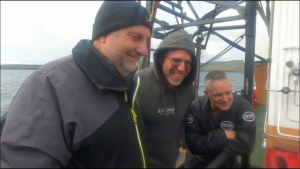
SMS Brummer – Fast Minelaying Cruiser was more lightly armoured and less heavily armed than the light cruisers. She could carry 400 mines and was extremely manoverable. In October 1917 the Brummer was one of two ships used to intercept a British convoy en route from Bergen to Lerwick. She was chosen for this job due to her high speed, and the fact that she resembled a British cruiser. In preparation for the raid, the crew painted the ship dark grey to further camouflage her to look like a British vessel. SMS Brummer arrived in Scapa Flow for internment in November 1918.
A diver Lost a SMB, Surface Marker Buoy, and jumped off the dive lift to retrieve it. The reel was let go underwater for safety reasons when it became entangled.
SMS Karlsruhe Light Cruiser kaalz · roo · uh is one of the best dives in Scapa Flow, and considered a favourite that many wish to repeat time and time again, as did we. At a maximum depth of 27 meters rising to 16 meters. She is the shallowest and most broken up of all the German fleet wrecks, but she is also the prettiest with lots of fish and marine life. The Karlsruhe was the only one of her class that the Germans successfully scuttled as SMS Nürnberg and Emden were both beached by the British. The wreck was sold in 1962 and was partially broken up between 1963 and 1965.The bow section has two huge anchors that lie on the seabed, their chains run along the seabed and through the hawse pipes. The chains are wrapped around the two anchor capstans and the engines that drove the capstans are still visible.
A walk in the rain through Stromness
To the RNLI Boathouse 1867
For a YouTube video covering the activities on the 14th July please click here
Orkney. 15th July 2022
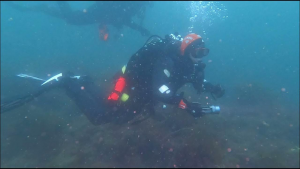
Air fill station onboard compressor
SMS Kronprinz Wilhelm Battleship second dive on this battleship. Deep dark and lost video footage.
Tabarka Block Ship A great second dive, she lies upside down in 12 meters of very tidal water, and can only be dived during slack with negative entry. The Tabarka, seized at Falmouth in 1940 by the British Navy, this single screw steamer was sailed under her own power and sunk as a block ship in Kirk Sound. As the construction of the Churchill Barriers was coming along well it was decided to re-float her, and move her to her present position in Burra Sound. Divers are suited and booted and ready to dive, just as the water comes slack we move into position over the wreck and give the word to go. The shallowest part of the wreck rises up to as little as 6 meters. There are many holes along the sides where she was blasted during the scuttling and a large section near the bows has now fallen through. This is a lovely dive with crystal clear water with rays of light penetrating through the wreck. Wildlife includes wrasse and small shoaling fish, crabs and lobster, all different kinds of anemone carpet the wreck. 30 minute dive before tide starts to run.
Stromness Red Shed dive shop
Ness Battery Finest example of a WW2 coast Battery, viewing by appointment.
Links Battery WW2 ruin, a twin 6-pounder gun was installed here
Stones of Stenness Neolithic monument five miles northeast of Stromness, this may be the oldest henge site in the British Isles.
The winds of the week calmed down but the Midges came out.
The Next dive group went out on glassy water.
Driving tour of Mainland and across the Churchill Barriers, Church now a cafe and designer jewellery shop.
Whisky – A nice drop.
Open garden on North east coast of Mainland, a challenging spot for gardening.
Scapa bay, south of Kirkwall overlooking site of Royal Oak wreck
Royal Oak Memorial Garden
Built during the First World War and completed in 1916, the British battleship Royal Oak first saw combat at the Battle of Jutland. On 14 October 1939 the now outdated Royal Oak was anchored at Scapa Flow when she was torpedoed and sunk by the German submarine U-47. Coming just weeks after the outbreak of World War Two, it was one of Britain’s worst naval disasters. It was an even worse shock because it happened inside a famous and supposedly impregnable naval base, Scapa Flow. Of Royal Oak’s complement of 1,234 men and boys, 835 were killed that night or died later of their wounds.
Kirkwell Cathedral displays the Royal Oak Bell with a book of remembrance.
Night Ferry to Aberdeen Cabin with vip lounge.
For a YouTube video covering the activities on the 15th July please click here
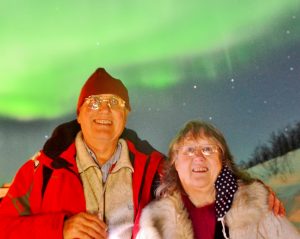






 The first club sailing event was the
The first club sailing event was the 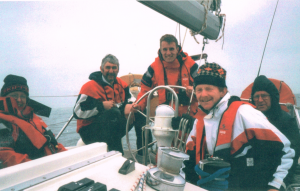
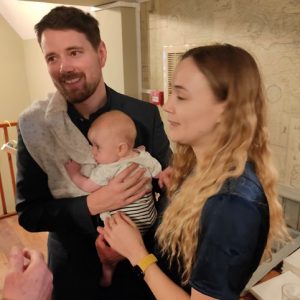
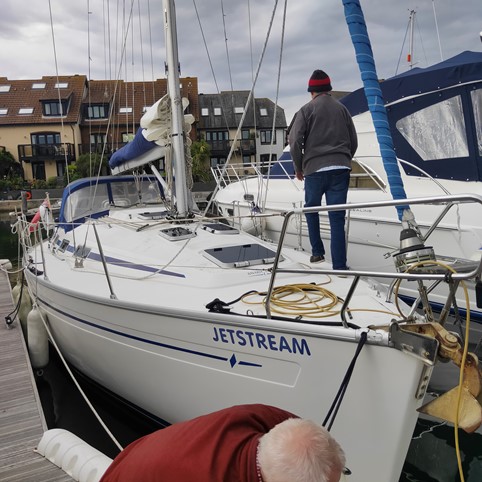
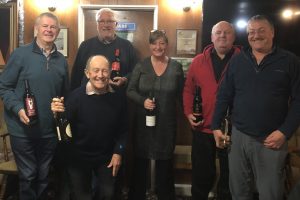
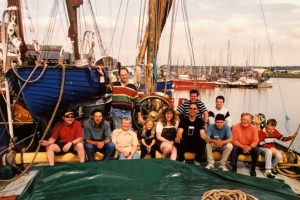

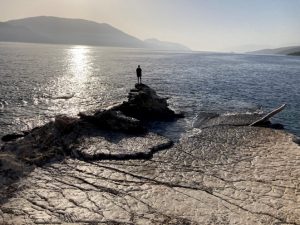
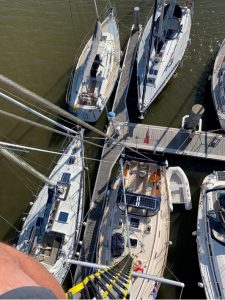
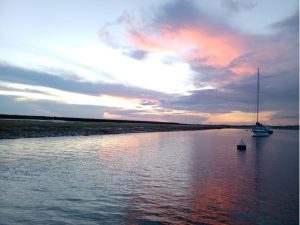
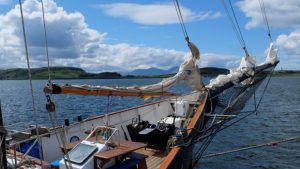
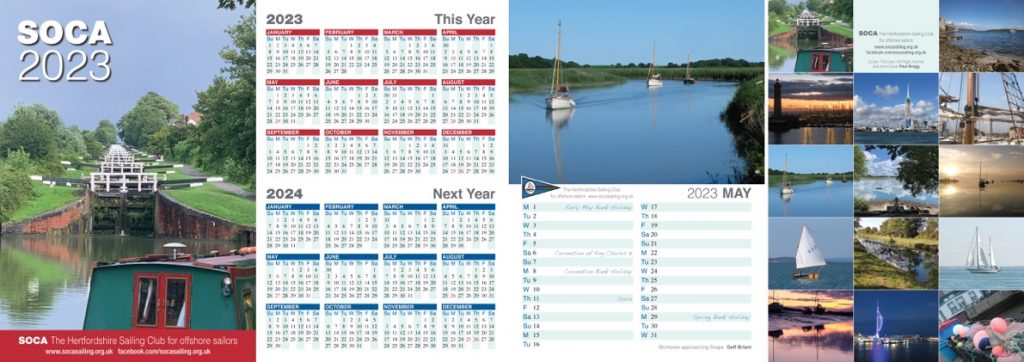
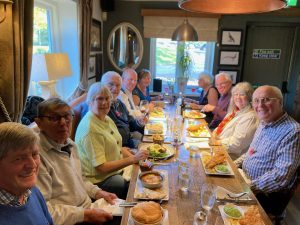 The 2022 Laying Up Lunch was held at The Chequers, Bragbury End Stevenage.
The 2022 Laying Up Lunch was held at The Chequers, Bragbury End Stevenage.